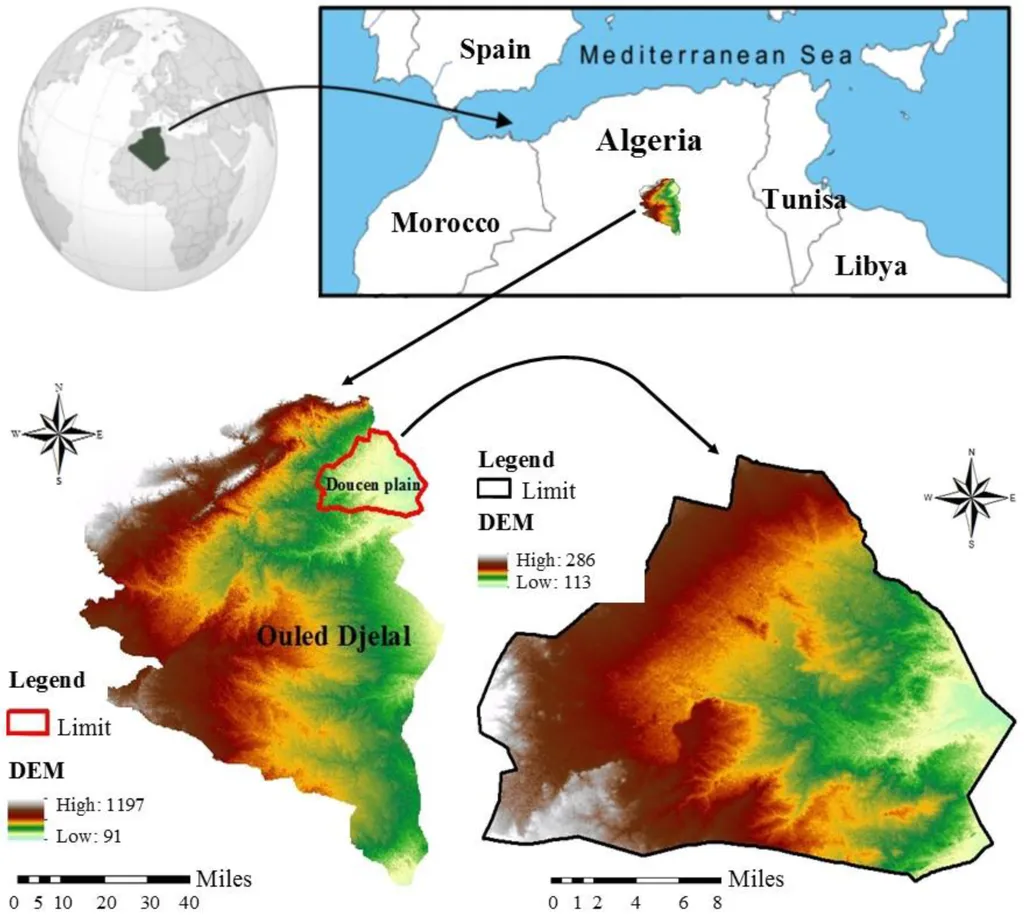In the relentless pursuit of clean water, scientists are turning to cutting-edge technology to predict and manage water quality with unprecedented accuracy. A groundbreaking study led by Moussa Attia from the Environment Laboratory at the Institute of Mines, Echahid Cheikh Larbi Tebessi University in Algeria, has harnessed the power of deep neural networks (DNNs) and adaptive neuro-fuzzy inference systems (ANFIS) to assess calcium concentration in water. The findings, published in Desalination and Water Treatment, could revolutionize water treatment processes and set new standards for safe drinking water.
Water quality is a critical concern for industries, particularly the energy sector, where water is essential for cooling systems, steam generation, and other processes. Calcium, a common mineral in water, can lead to scaling and corrosion, causing significant operational and maintenance challenges. Accurate prediction of calcium concentration can help energy companies optimize their water treatment strategies, reduce downtime, and enhance the longevity of their equipment.
Attia’s research compares the efficacy of two advanced predictive algorithms: DNNs and ANFIS. The study considers various water quality variables, including pH, conductivity, total dissolved solids (TDS), hardness, and calcium levels, to determine their impact on prediction accuracy. The results are striking. The optimized DNN model achieved an impressive prediction accuracy of 91.66%, significantly outperforming the ANFIS model, which scored 77.83%.
“The DNN model’s ability to capture complex, nonlinear interactions within water quality data is truly remarkable,” Attia explains. “This level of precision is crucial for developing robust water treatment processes and ensuring the safety of drinking water.”
The implications of this research are far-reaching. For the energy sector, the ability to predict calcium concentration with high accuracy can lead to more efficient water management practices. This includes reducing the use of chemicals for water treatment, minimizing environmental impact, and lowering operational costs. Moreover, the integration of such predictive models into existing water treatment systems can enhance their overall performance and reliability.
The study’s success in leveraging DNNs for water quality assessment opens new avenues for research and development. As Attia notes, “The potential of deep learning in water quality management is immense. Future work could explore the application of these models to other water quality parameters and integrate them into real-time monitoring systems.”
The energy sector stands to benefit significantly from these advancements. By adopting these predictive models, companies can achieve more sustainable and cost-effective water management practices. This not only ensures the reliability of their operations but also contributes to broader environmental goals.
As the world continues to grapple with water scarcity and quality issues, innovations like those presented in Attia’s study offer a beacon of hope. The integration of deep neural networks and adaptive neuro-fuzzy inference systems into water quality assessment represents a significant step forward in the quest for cleaner, safer water. The research, published in Desalination and Water Treatment, which translates to ‘Desalination and Water Purification’ in English, underscores the importance of interdisciplinary collaboration in addressing global water challenges.
The future of water quality management lies in the intersection of technology and environmental science. Attia’s work is a testament to the transformative potential of advanced predictive algorithms in shaping a more sustainable and water-secure world. As industries and communities alike strive for better water management practices, the insights from this research will undoubtedly play a pivotal role in driving progress and innovation.

